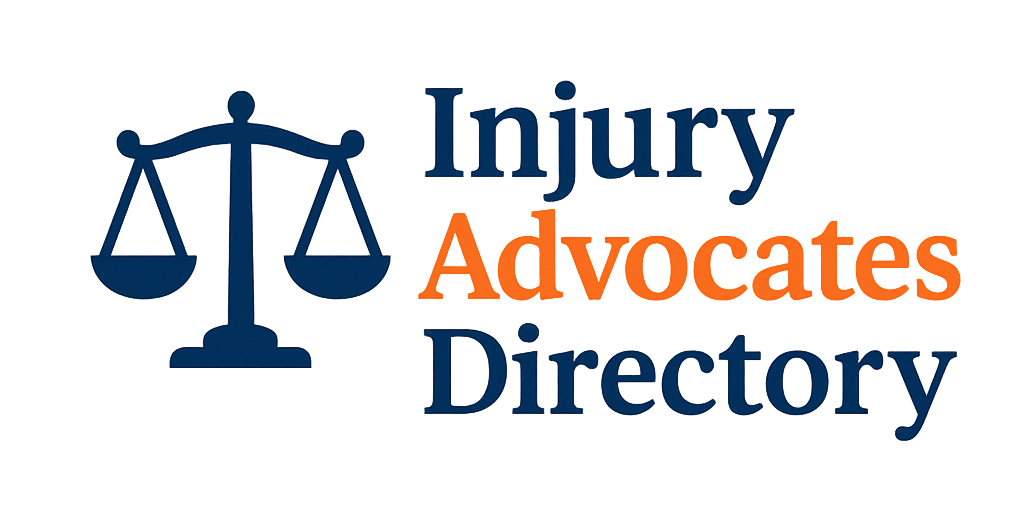The Occupational Safety and Health Administration (OSHA) plays a critical role in ensuring workplace safety across the United States. Established in 1970, OSHA has been instrumental in significantly reducing workplace injuries, illnesses, and fatalities. Through its various regulations and enforcement mechanisms, OSHA helps protect employees and promotes safe working conditions.
Understanding the role of OSHA in workplace injury cases is essential for both employees and employers. Knowing how OSHA functions can greatly aid in navigating the complexities of workplace safety and injury claims.
How Does OSHA Enforce Its Standards?
OSHA enforces its standards through a variety of mechanisms aimed at ensuring compliance and promoting safety in the workplace. The agency conducts inspections, issues citations, and imposes fines for violations. These actions are crucial in maintaining a safe working environment.
During inspections, OSHA representatives assess workplaces for compliance with safety regulations. This process involves identifying hazards and evaluating safety practices. If violations are found, OSHA can issue citations which may lead to financial penalties.
- OSHA conducts routine inspections and responds to complaints.
- Citations can include penalties for violations of safety standards.
- Employers have the right to contest citations through a formal process.
By enforcing its standards, OSHA aims to reduce the incidence of workplace injuries and thereby contribute to employee safety. The agency's efforts also help establish a culture of safety within organizations, encouraging employers to prioritize compliance.
What Are The Responsibilities Of Employers Under OSHA?
Employers have significant responsibilities under OSHA regulations to ensure a safe working environment for their employees. This includes not only compliance with OSHA standards but also fostering a workplace culture that prioritizes safety.
Employers must conduct regular safety training and provide the necessary safety equipment to their employees. They are responsible for identifying hazards and implementing safety measures to mitigate risks.
- Provide a workplace free from recognized hazards.
- Ensure employees receive proper safety training.
- Maintain accurate records of workplace injuries and illnesses.
- Report fatalities and severe injuries to OSHA within a specified timeframe.
Failure to comply with these responsibilities can lead to serious consequences, including legal liabilities and increased workplace injuries. Understanding these roles helps both employers and employees navigate workers’ compensation claims and other related legal matters.
What Happens During An OSHA Inspection?
During an OSHA inspection, the agency's representatives assess the workplace to ensure compliance with safety regulations. The inspection process can vary depending on the type of workplace and the nature of the concerns raised.
The first step typically involves an opening conference, where the inspector explains the purpose of the visit. This is followed by a walkthrough of the facility, during which hazards are identified. Employers are encouraged to participate and ask questions throughout the process.
If violations are found, the inspector will issue citations detailing the nature of the violations and the associated penalties. Employers have the right to contest these citations, but they must do so within a specified timeframe.
OSHA inspections serve not only to enforce compliance but also to educate employers about safety practices, ultimately contributing to a safer workplace.
How Can You File A Report With OSHA?
Filing a report with OSHA is an important step for employees who believe their workplace is unsafe. This process allows employees to raise concerns about hazardous conditions and seek intervention from the agency.
Reports can be filed online, by mail, or by phone. Employees should provide detailed information about the hazards they observed, including dates, times, and any relevant evidence. This information is vital for OSHA to assess the situation appropriately.
- Identify the specific hazards in the workplace.
- Gather evidence, such as photos or witness statements.
- Submit the report through OSHA's website or contact your local office.
Once a report is submitted, OSHA will investigate the claims. This investigation is crucial for not only addressing immediate safety concerns but also for supporting future workplace injury cases.
What Counts As An OSHA Violation?
OSHA violations occur when employers fail to comply with established safety regulations. Understanding what constitutes a violation is vital for both employees and employers to ensure workplace safety.
Common violations include inadequate safety training, failure to provide proper personal protective equipment (PPE), and lack of safety protocols for hazardous materials. Each violation can result in penalties, which can vary based on the severity of the infraction.
Examples of OSHA violations include:
- Not maintaining proper safety records.
- Failing to conduct necessary safety training.
- Inadequate fall protection measures.
- Exposure to harmful substances without proper precautions.
Recognizing and addressing these violations is crucial for promoting employee safety and reducing the likelihood of workplace injuries.
How Can An OSHA Violation Help Your Injury Case?
OSHA violations can play a significant role in workplace injury cases by providing evidence of unsafe conditions. When an injury occurs due to a recognized violation, it can strengthen the injured party's claims.
Documentation from OSHA inspections and citations can serve as critical evidence in legal proceedings. This information can help establish that the employer failed to uphold their duty to provide a safe working environment.
Furthermore, OSHA's involvement can aid in navigating workers’ compensation claims. If an injury is connected to a violation, it may lead to additional claims or compensation avenues.
Thus, understanding the implications of OSHA violations is essential for employees seeking justice and compensation for their injuries.
Questions related to workplace injury cases and OSHA
What is the role of OSHA in protecting workers against on-the-job injuries?
OSHA's primary role in protecting workers involves establishing and enforcing safety standards designed to prevent workplace injuries. The agency conducts inspections, provides training, and offers resources to promote safe working conditions. By holding employers accountable for safety compliance, OSHA plays a crucial role in reducing the risk of injuries and ensuring workers' rights are upheld.
Moreover, OSHA's guidelines help educate employees about their rights and responsibilities, enabling them to recognize unsafe practices and advocate for a safer workplace. This proactive approach is fundamental in addressing workplace hazards effectively.
What is OSHA's 3 most cited violation?
OSHA's most cited violations typically involve issues related to fall protection, hazardous communication, and scaffolding safety. These areas account for a significant percentage of citations issued by OSHA, indicating persistent safety concerns across various industries.
Understanding these violations helps employers prioritize their compliance efforts and address the most common hazards. By focusing on these areas, employers can significantly improve workplace safety and reduce the risk of injuries.
What are the roles and responsibilities of OSHA?
OSHA has several key roles and responsibilities, primarily focused on ensuring workplace safety. These include setting safety standards, conducting inspections, providing training and education, and enforcing compliance through penalties for violations. OSHA also engages in outreach programs to promote awareness of safety practices among employers and employees alike.
Additionally, OSHA works to support the enforcement of workplace safety laws, helping injured workers understand their rights and pursuing necessary compensation. This multifaceted approach is vital in maintaining a safe working environment.
What does OSHA consider a workplace injury?
OSHA defines a workplace injury as any condition that arises from work-related activities or exposure to hazards while on the job. This includes injuries caused by accidents, exposure to harmful substances, or repetitive strain injuries.
Understanding OSHA's definition is essential for workers to accurately report injuries and pursue appropriate compensation. By recognizing what constitutes a workplace injury, employees can take the necessary steps to protect their rights and ensure they receive the support they need.

